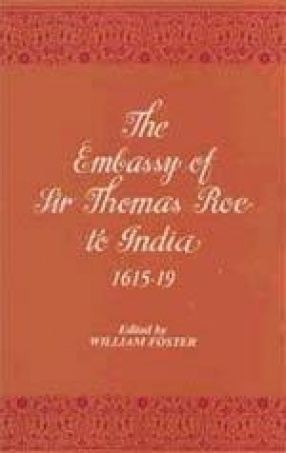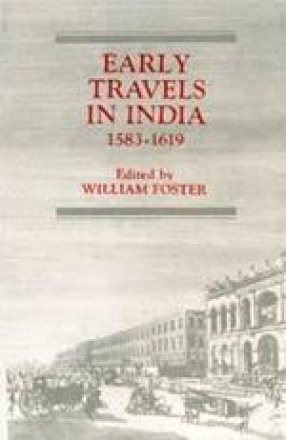

This book depicts what the author modestly calls the “domestic side†of the history of the East India Company. It chronicles the origin and development of the celebrated East India House within whose walls “were held the councils by which a chain of trading posts developed into a vast dependency: and under whose portals “passed all the great men whose names are inseparably linked with the transference of India to British ruleâ€. It provides in vivid ...

The present volume narrates the tenth voyage conducted by the East India Company during the years 1612-14. The commander of the voyage was Thomas Best and fleet consisted of two vessels-Dragon and Hosiander. The purpose of the mission was the establishment of trade in Western India. The lading of the two ships consisted chiefly of broadcloth, ivory, quicksilver, lead and iron; while a large stock of Spanish rials were provided for the purpose of return cargoes. ...

Among the foreign travelers who visited the court of the early Mughals in India, the most important and best known is Sir Thomas Roe. He came to Jahangir's court in 1615 as an ambassador of James I, the king of England, and spent nearly four years in India upto 1619. His narrative constitutes a very valuable source of information about the life at the Mughal's court, at provincial capitals and in camp, and in the light thrown upon the characters of Jahangir, Asaf ...

The present volume is a sequel to the volume describing the voyage of Captain Thomas to the East Indies in 1612-14. The voyage started three months before Captain Best returned to England with the purpose establishing trade in Western India. The fleet consisted of four vessels-New Year's Gift, Hector, Merchant's Hope, and the Solomon. Merchandise consisted basically of ivory, broadcloth, camel lead, quicksilver, tin and powder, iron and apparel. The voyage ...

This book contains narratives of seven Englishmen who traveled in Northern and Western India during the reigns of the Emperors Akbar and Jahangir. Though these do not by any means exhaust the list of English visitors of that period, who have left us record of their experience, they include practically all these of real importance, with the exception of Sir Thomas Roe. The travelers included are Ralph Fitch 1583-91; John Mildenhall 1599-1606; William Hawkins ...
